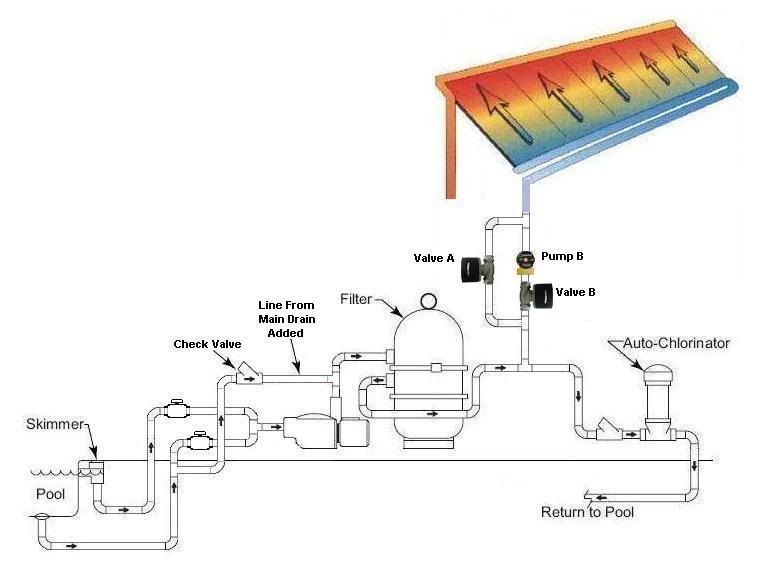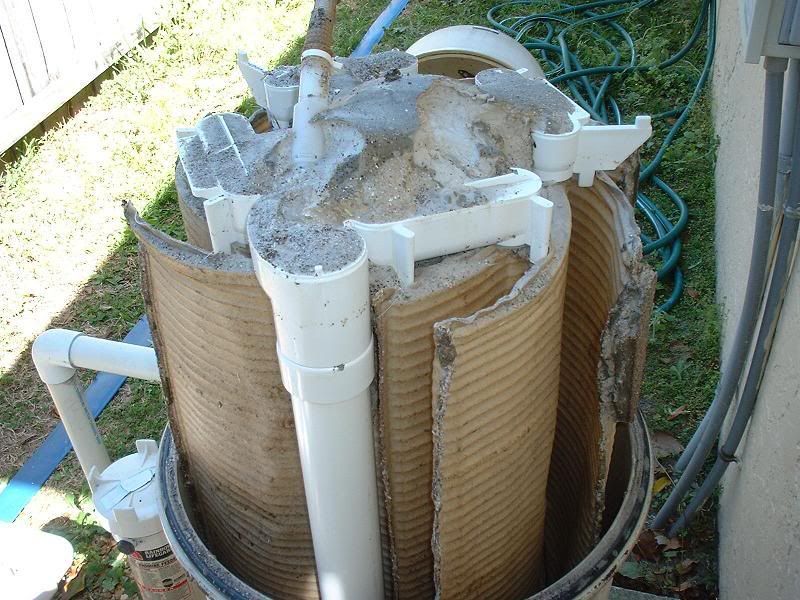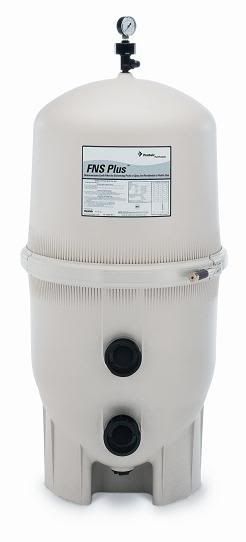The owner of the solar heating company http://www.splashsolar.com came over today. I threw out a few questions but didn’t delve into any of the particulars I’m posting about here.
The panel sample he had was very rigid, and smooth and flat on both sides, unlike what I saw pictured on his site (corrugated). I have a diagram to give you an idea of what it looked like. I was told they are made in Clearwater (just a few miles from me) by a company that’s been making panels since the 70’s.
For the t-stat, 12 4X12 panels, and a full installation I was quoted $4500 with a 10 year warrantee. I’ll ask if labor’s included in the warrantee the next time we talk. Remember this would be his typical install. Any comments?
Bama Rambler
My first question would be. How are you going to accomplish the control? A PLC would certainly do it or a custom controller, but most people aren't familiar with doing either of those.
After I come up with a workable model the controller will be the easy part. One of the few aspects of this I’m not intimidated with.
I'd probably add a manual valve in the main drain line downstream of the check valve
I’m sure there’s sound reasoning behind this suggestion but it eludes me.
I'd also move valve "B" to the other side of pump "B". You don't want to starve the suction side of a pump. While neither is good, it's better to deadhead a pump than starve the suction.
Good call! You Da Man! I would have never thunk of that. You might have saved me from having to by a new motor prematurely. I’ve got too much unnecessary stuff rattling around up there lately.
Even after having the devices trade places another consideration might the use of a delay to sequence the valve open before the pump turned on. Any thoughts?
…discharge of the panels back into the pool.
I figured running an open ended PVC line into the pool near a return port, for good distribution, might be ok. Or, if you’re talking about the draining of the panels after the pump turns off… I intend to forgo that unless I’m convinced there is a necessary reason for it.
lborne
Have you thought about how you plan to operate this? When do you run the small pump? And if it’s on, what happens if the controller turns the main pump on?
“With the main pump running the differential thermostat would control the opening of Valve A. Pump B and Valve B (normally closed) would not be allowed to operate.â€
Can't you just set it to run from at least 10am to 4 pm, which is the best time for the solar to work? Do you not get enough turn overs then?
I get plenty of pool water turnover running from 1 to 4pm and the collectors will have to be mounted on a west facing roof.
I am willing to bet that your second smaller pump is still going to need to be fairly large - 3/4 HP at least.
. I haven't determined which size pump/motor would be needed. I was told a stand alone motor at 1HP would be more than plenty. I was hoping a 1/2 or, 3/4 at most, would work.
I'd run my pump during peak sunlight times (10-4) and then maybe a bit more at night if needed.
I’ve never ran my pump at night. All of this last winter up until now I’ve ran it 3 hours a day and the pool looks great. But it’s still cold.
mas985
If pump B is more efficient than the main pump, why not just replace the main pump with pump B?
Pump B would not be more efficient it would be less energy consuming by being smaller.
The combination of the two pumps will certainly use more energy than simply replacing the current pump with a more efficient pump or a two speed pump.
You might have missed the point. I'm trying to maximize my heated water circulation and use a smaller less energy consuming pump to do it. Why run a 1 1/2HP pump when a 1/2HP pump will work just as well. I would like to get a more efficient main pump but that’s on down the road. Compared to what I have now I believe it would pay for it’s self in about 2 years but forking out that much money would also continue my feelings of wanting to prolong its life by not running it any more than necessary.
Also, there have been some studies which indicate that main drains are really not needed for proper circulation of the pool so I really don't think it is that important that you increase the flow rate in the main drains.
I always figured what I lacked by not using the main drain could be partially be made up for with the Kreepy. After the two skimmers and Kreepy there’s nothing left for the main drain.
Simply put:
I would like the panels to always have water in them.
When the water in the panels is hot enough (4 deg. above pool temp.) and the temperature setting on the t-stat, e.g. 82 deg., is not satisfied I want that water to dump into the pool whether or not the main pump is on.
I’m trying to accomplish a couple of things here. One would be to prolong the life of my existing pump/motor, keep the power bill down, and provide hot water as quickly as possible.
Thanks for any and all help,
Bob








